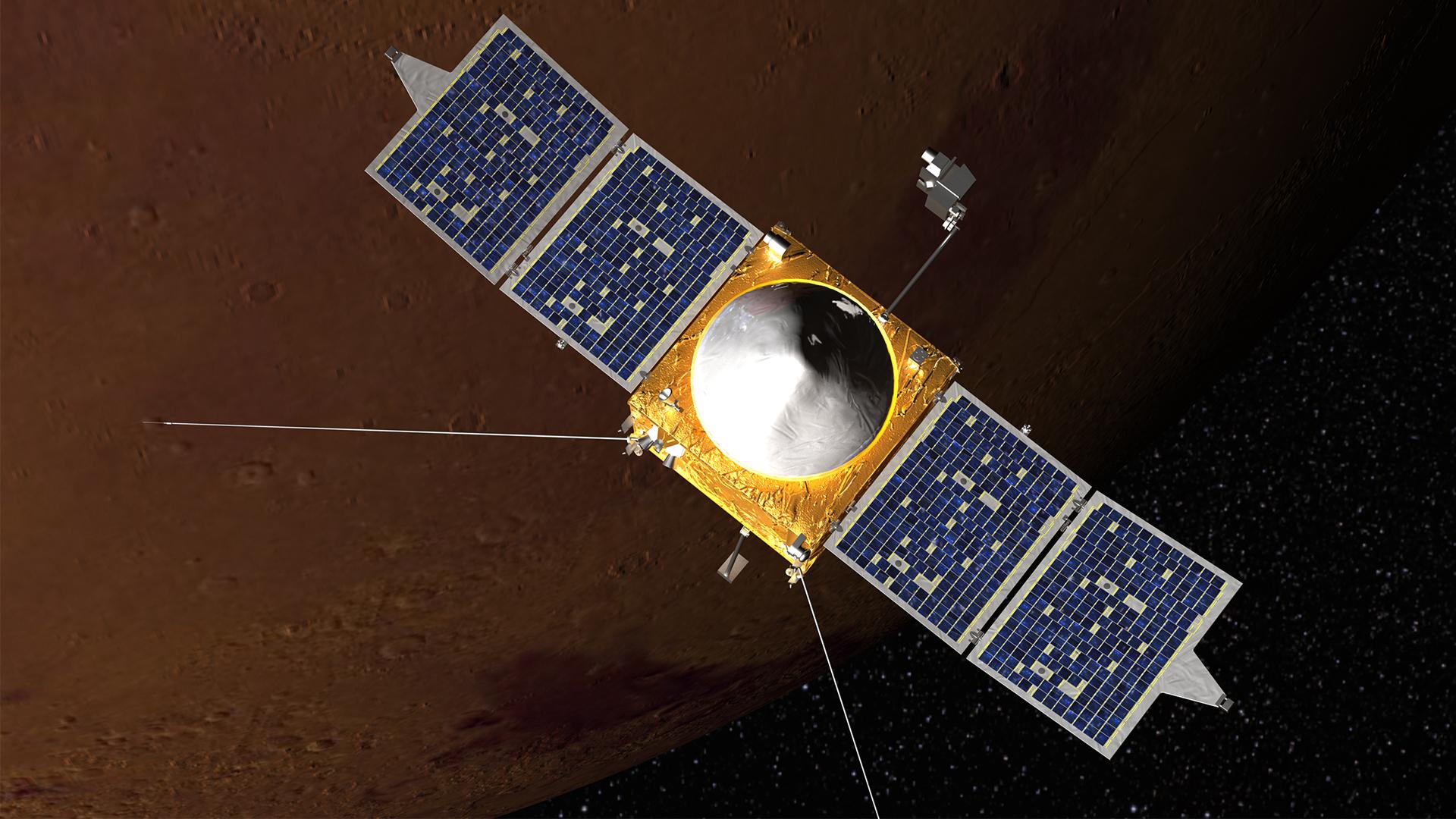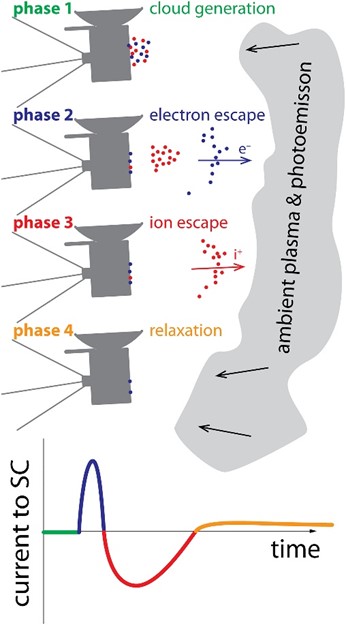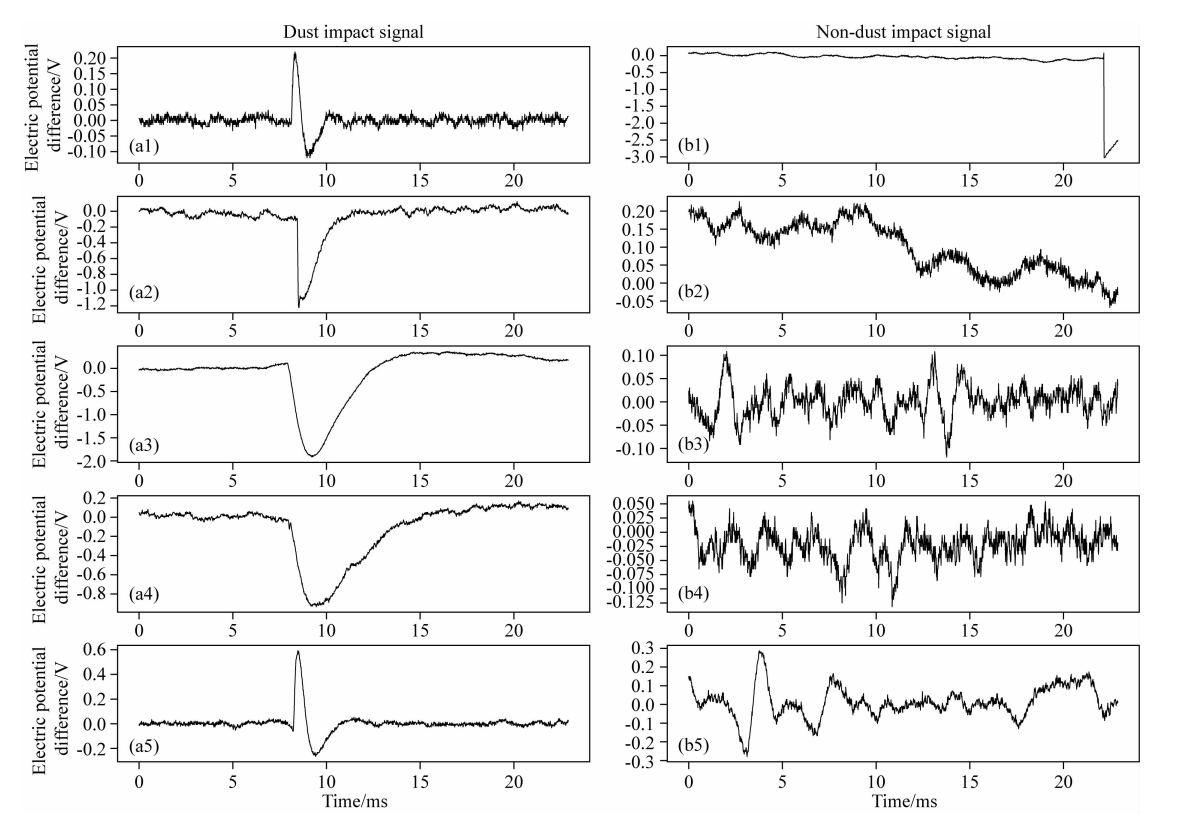Interstellar space has numerous micro-scale dust. On the one hand, space dust is a potential threat to spacecraft; on the other hand, it plays a significant role in stellar evolution. When space dust hits the spacecraft with a speed in the magnitude of km/s, 20% to 40% kinetic energy is converted to thermal energy, which can ionize the surface of both spacecraft and the dust itself, and lead to gasification. A plasma cloud will then be created, and electric potential will be changed due to different reactions of cations and anions. Finally, the electric potential will recover to normal (before the dust impact). It is practical to find dust impact events in the electric potential difference between different probes or probes relative to spacecraft.

Runyi Liu, a senior undergraduate student and member of Professor Shengyi Ye’s research group from the Department of Earth and Space Sciences at the Southern University of Science and Technology (SUSTech), has recently made new discoveries on the detection of space dust impacts.
Their article, entitled “Real-time automatic detection of signals triggered by space dust’s impact based on deep learning,” has been published in the Chinese Journal of Geophysics, a well-known journal in Geophysics. It introduces the latest research results of using deep learning to detect dust impact events.
Figure 1 (Ye et al., 2019) shows the electric potential change during dust impact. A common method in dust impact detection is to conclude the electric potential difference signal’s characteristics based on physical simulation. You must then try to use manual or machine detecting to find those characteristics, which have high accuracy but low efficiency. It is eagerly needed to automatically analyze electric potential difference signals collected on board and to detect dust impact events among them.

Figure 1. Change of spacecraft’s charging current by dust impact (due to low surrounding plasma density and intense photoelectron, the balanced current is slightly positive).
In this research, a convolutional neural network (model) for 1-D signals was constructed based on the modification of VGGNet (Kim et al., 2016), which is used to identify images. The research team used electric potential difference data for the whole year of 2015 from the Langmuir Probe and Waves (LPW) instrument for the Mars Atmosphere and Volatile Evolution (MAVEN), a NASA mission. They selected the dust impact events by human detecting and divided electric potential difference data into separate signals with the same length.
Figure 2 shows some samples in signals. Dust impact signals vs. non-dust impact signals with a ratio of 1:1 were chosen, and divided into three sets—training set, test set, and validation set. After normalizing signals, they put the training set into the model for learning (validation set used to measure the effect in training) and finally used a test set to simulate the model’s effect in classification when meeting real cases.

Figure 2. Some potential difference signal example diagram. (a1), (a5) The case that dust impact events happened when the spacecraft’s potential is around or slightly larger than 0; (a2) – (a4) The case that dust impact events happened when the spacecraft’s potential is significantly negative with surrounding plasma density decreasing; (b1) – (b5) Different non-dust impact events.
Considering evaluation criteria, like accuracy (98.68%), and time consumption (signal processing + classification of signals done by the deep learning model) which is much less than the time for the data collection on board, they claimed to have achieved real-time detection for dust impact events.
The communication author for this article is the mentor of Runyi Liu, Prof. Shengyi Ye from the Department of Earth and Space Sciences at SUSTech. He noted that this article was based on the knowledge in class of “Big Data and Artificial Intelligence in Geosciences” and scientific motivation in their research group about dust impact detection.
Runyi Liu is the first author of this paper. Other authors of the article included Jian Wang, a master’s student, and Feng Zhu, a Ph.D. student, both of SUSTech.
This work was supported by the National Natural Science Foundation of China (NSFC) and the Science, Technology and Innovation Commission of Shenzhen Municipality.
Runyi Liu became an undergraduate at SUSTech in 2019 and joined Prof. Shengyi Ye’s research group in 2020. He was involved in the ‘Nanke-1’ cubesat project, dust impact detection by deep learning project in succession. In January 2022, he went to the University of California, Berkeley for an international program and started his internship at the Space Sciences Laboratory (SSL), UC Berkeley, supervised by Dr. Solène Lejosne, Prof. Forrest Mozer, and Dr. John William Bonnell. He also held an online poster presentation about his work at SSL in 2022 AGU.
Paper link: http://www.geophy.cn/article/doi/10.6038/cjg2022Q0331
To read all stories about SUSTech science, subscribe to the monthly SUSTech Newsletter.
Proofread ByAdrian Cremin, Yingying XIA
Photo By